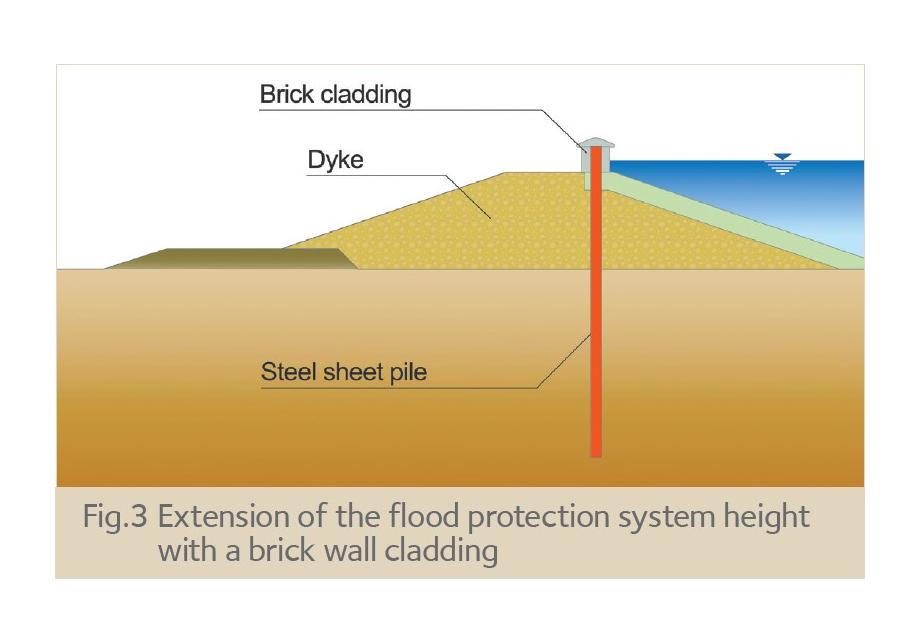Flood protection systems in Poland
Modernizing Flood Protection in Poland
The flood of the century in Poland along the Vistula and Odra river in 1997, and the following flood in 2001 clearly showed that the state of Polish flood protection systems required urgent modernization to fit present needs.
An extensive analysis of the situation pointed out the weakest links. Steel sheet piling is a technology that can be utilised to achieve the objectives of modernization and improvements of dykes and flood walls. This case study focuses on the modernization and reconstruction of the Wroclaw Floodway System, currently the largest European flood protection project under construction, and the Radunia Channel in Gdansk. Further recent flood protection references rehabilitated with steel sheet piles are briefly described at the end: Lipki-Oława, Sartowice and Płonie Channel.


 English
English
 Polish
Polish



